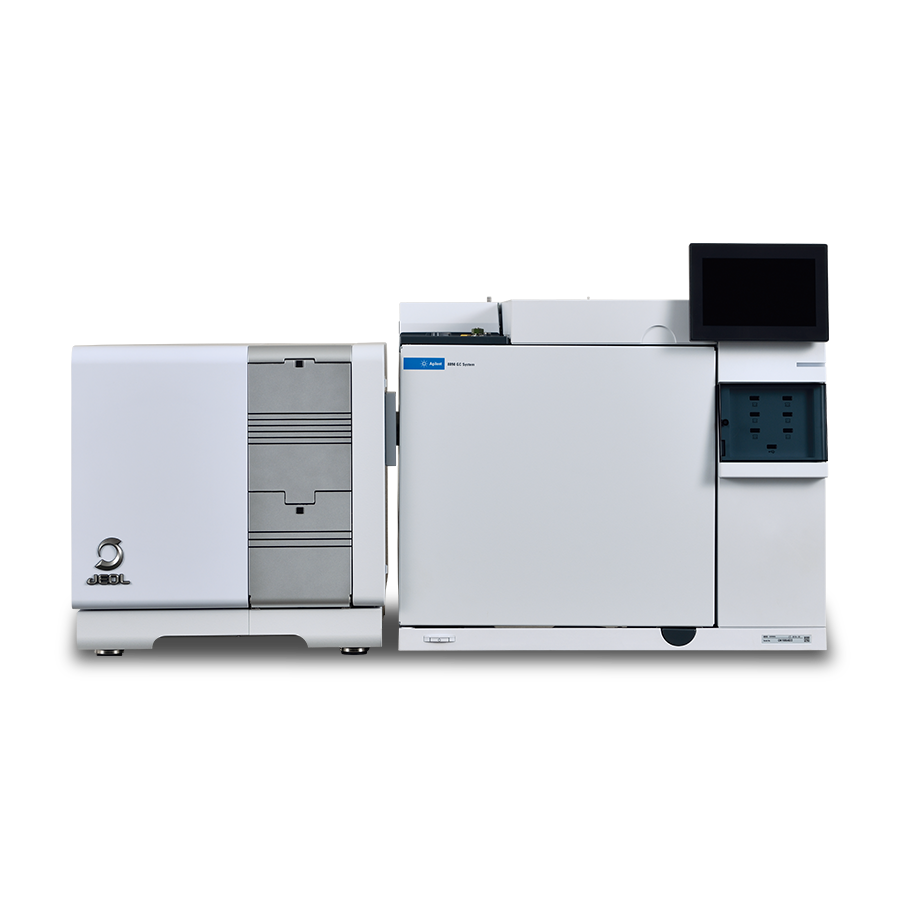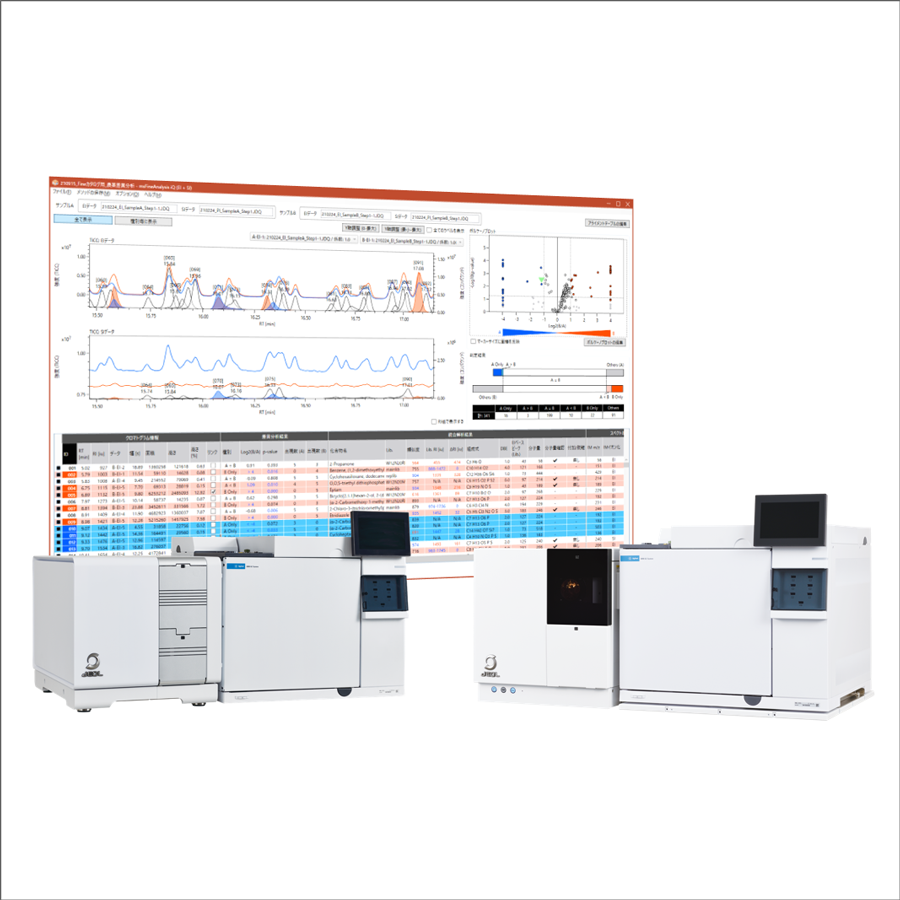Integrated Qualitative Analysis of Acrylic Resin Oligomers by using a Py-GC-QMS and msFineAnalysis iQ
MSTips No.420
Introduction
The gas chromatograph-quadrupole mass spectrometer (GC-QMS) is widely used as a qualitative / quantitative analyzer for volatile compounds. Qualitative analysis by GC-QMS is generally performed by searching the library database (DB) using the measurement data of the Electron Ionization (EI) . However, if qualitative analysis is performed using only the similarity with the library spectrum as an index, several significant candidates may be obtained depending on the compound, or erroneous candidates may be selected as the identification result. In such cases, confirmation of molecular ions by the soft ionization (SI) such as the photoionization (PI) is effective.
In 2021, we released msFineAnalysis iQ, an integrated qualitative analysis software that automatically combines the analysis results of EI and SI methods measured by GC-QMS. The details of this software are introduced in MSTips No. 347 and 348. In this MSTips, we will introduce an analysis example of pyrolysis GC-MS measurement results for acrylic resin using msFineAnalysis iQ.
Experimental
A commercially-available acrylic resin (copolymer of methyl acrylate and methyl methacrylate ) was used as a test sample in this study. A GC-QMS (JMS-Q1600GC UltraQuad™ SQ-Zeta, JEOL Ltd.) was used for the measurement. We performed Py-GC-QMS measurements using both EI and photoionization (PI) modes with a combination EI/PI ion source. The qualitative data processing was performed with msFineAnalysis iQ (JEOL Ltd.). Detailed measurement conditions are shown in Table 1.
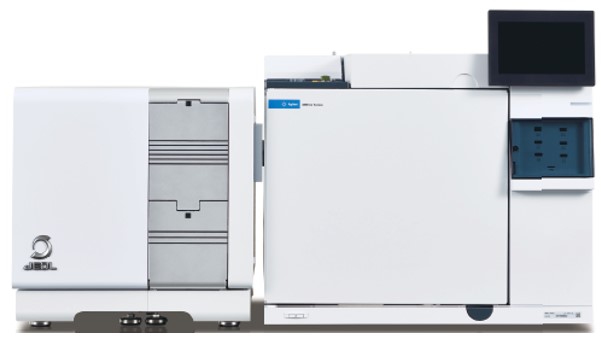
JMS-Q1600GC UltraQuadTM SQ-Zeta

Table 1 Measurement condition
Results and Discussion
Figure 1 shows TICC of Py-GC/EI and Py-GC/PI measurement results. Strong peaks derived from methyl acrylate (MA) and methyl methacrylate (MMA) were observed around R.T. 1.5 to 2.5 minutes. Dimer and trimer components and related substances were also detected. Detailed analysis results for components A, B and C are shown in the next section.
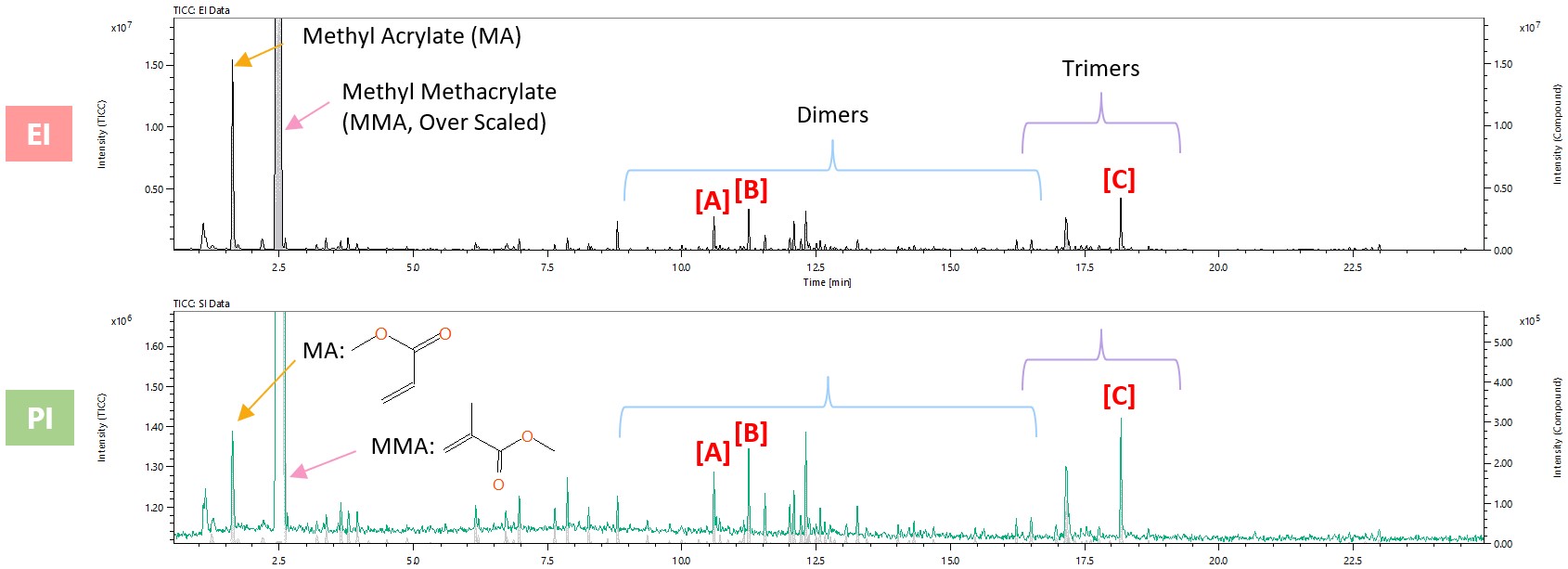
Figure 1 Py-GC/EI and Py-GC/PI total ion current chromatograms for an acrylic resin polymer
Figure 2 shows the mass spectra of component A, B and C (in EI mass spectrum, black line: measured spectrum, red line: library spectrum). For these components, molecular ions were detected in the mass spectra of both the EI and PI data (IM indicate molecular ion in Figure 2). However, the relative intensities of molecular ions were very low in the EI and high in the PI. The integrated qualitative analysis result lists of the top 3 candidates each components is shown in Table 2. For components A and B, candidates over 700 similarity score with the library DB were obtained in the library database search, and molecular ions matching the molecular weight were also detected. Therefore, these structural formulas are considered to be close to the compounds in Figure 2. Component A is presumed to be the dimer component of methyl acrylate and methyl methacrylate (MA+MMA) since molecular ion m/z 186 was detected, and component B is presumed to be the dimer component of methyl methacrylate (MMA+MMA) since molecular ion m/z 200 was detected. Component C is considered to be a compound not registered in the library DB because only compounds with similarity less than 700 were hit in the library DB search. However, since molecular ion m/z 300 was detected, it is presumed to be a trimer component of methyl methacrylate (MMA+MMA+MMA).
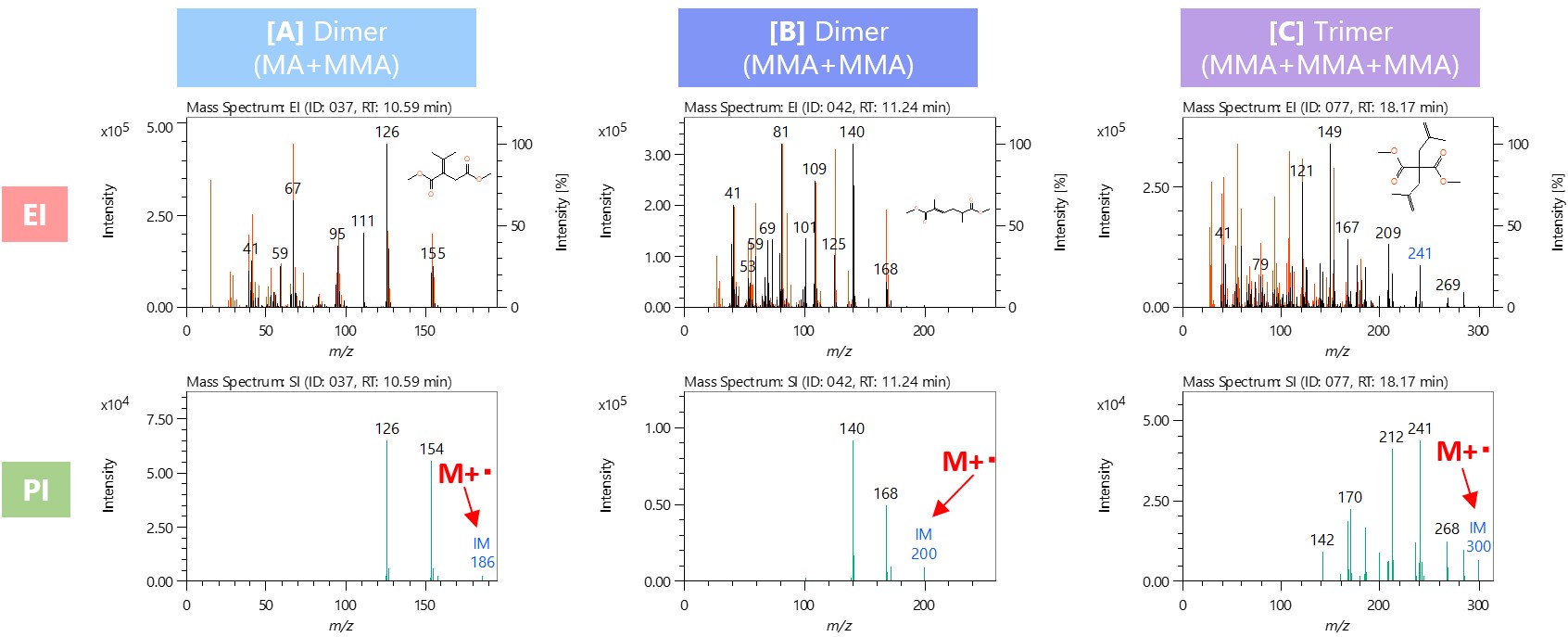
Figure 2 Mass spectra of component A,B and C
Table 2 Integrated qualitative analysis results of component A,B and C
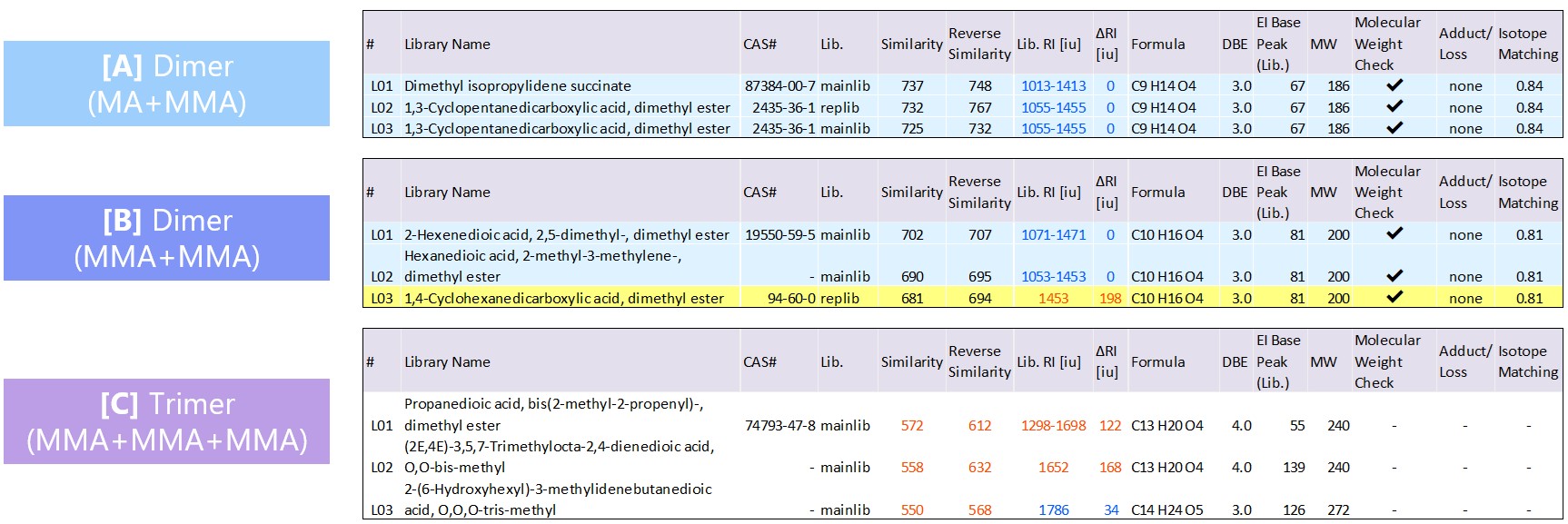
Conclusions
In this MSTips, we introduced analysis results of acrylic resin using pyrolysis GC-QMS and msFineAnalysis iQ. Dimer/trimer components detected by pyrolysis measurement of polymers are often not registered in library databases. However, in the present results, the molecular ions were clearly identified by the PI of soft ionization method making it easy to attribute each component. Furthermore, by using msFineAnalysis iQ, confirmation of molecular ions and library search results could be easily and quickly performed. This software is expected to improve the qualitative accuracy and efficiency of qualitative analysis using GC-QMS.
Solutions by field
Related products
Are you a medical professional or personnel engaged in medical care?
No
Please be reminded that these pages are not intended to provide the general public with information about the products.

